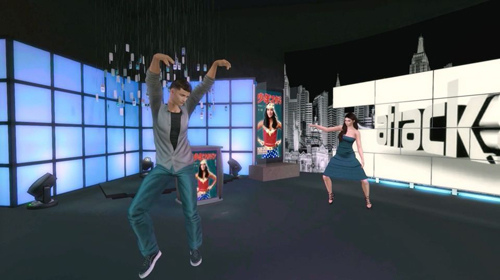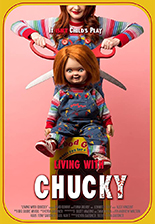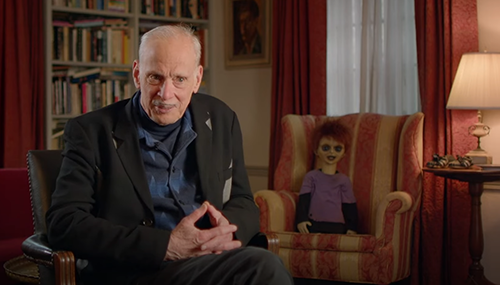
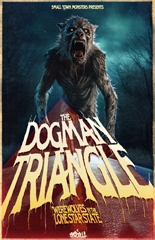 File under “news to me”: Sightings of a cryptid called “the Dogman” triangulate among a 700-square-foot slice of Texas. Seth Breedlove’s Small Town Monsters shingle is on the case, offering yet another speculative documentary with high production values and no smoking gun.
File under “news to me”: Sightings of a cryptid called “the Dogman” triangulate among a 700-square-foot slice of Texas. Seth Breedlove’s Small Town Monsters shingle is on the case, offering yet another speculative documentary with high production values and no smoking gun.
For The Dogman Triangle: Werewolves in the Lone Star State, we follow Aaron Deese, who literally wrote the book on the subject, and Shannon LeGro (from Breedlove’s On the Trail of UFOs: Dark Sky), an investigator going in cold. Firsthand and secondhand witnesses describe an “instantly terrifying” creature standing upright with glowing eyes and bloody teeth. Expert Lyle Blackburn (Breedlove’s Skinwalker: The Howl of the Rougarou) opines the Dogman could be a hairless bear, thanks to mange.
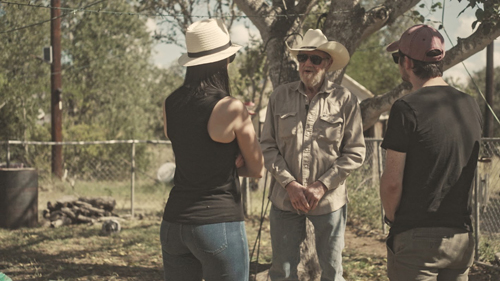
Momo: The Missouri Monster, the first Small Town Monsters doc I saw, spoiled us with its Boggy Creek-style reenactments. Here, interviews are supplemented largely with drawings. Evidence consists of photos of footprints; an audio-only clip of howling; and a cataract-blurry, low-contrast video of Something Moving in the Distance. Again, nothing verifiable or scientifically sound — but that’s not the point of these projects.
The Dogman Triangle ends with an onscreen quote from H.P. Lovecraft, which is cool, set in the Papyrus font, which is not. —Rod Lott

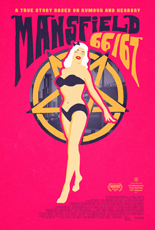
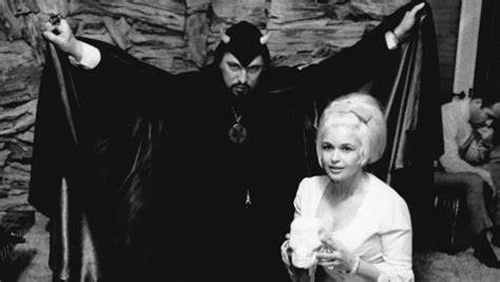

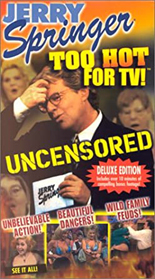
 G4, I hardly knew ye.
G4, I hardly knew ye. 